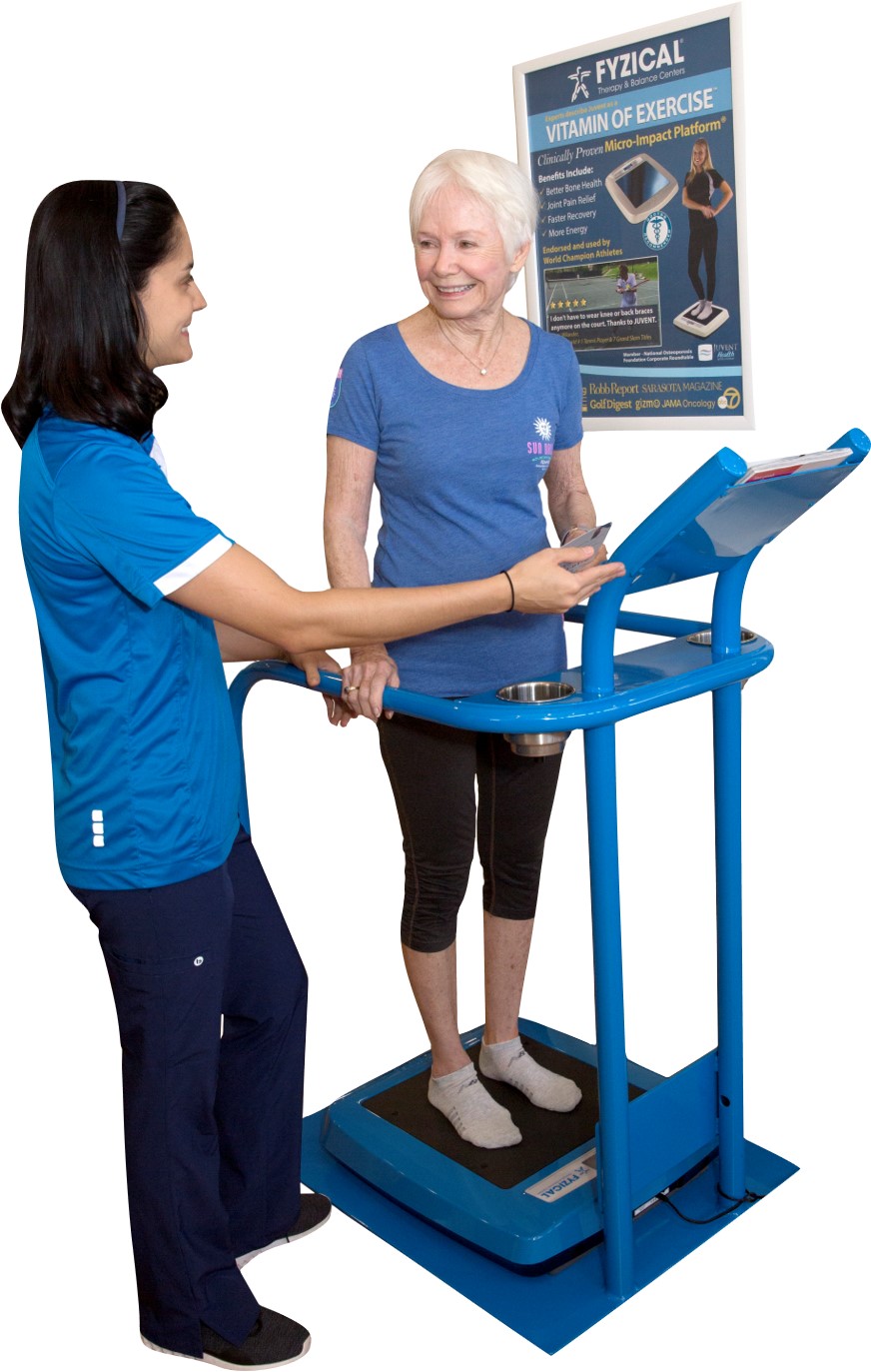So many aches, pains, and chronic conditions we live with can be reversed or prevented through healthy living, and for that we surely should all give a big heaping dose of thanks. Many of us do not have to live with a general state of ill health currently plaguing our society. This requires thought and research, but simply stated, you want to replace old behaviors with new and improved behaviors to see and feel the change you seek. Seeing the topic of this newsletter, you are probably wondering if there is there anything you can do to prevent and minimize hip and knee pain? I am happy to say that the answer is YES! By making a few changes in your daily routine, you can help yourself in immeasurable ways.
Start Doing these Four Things to help Your Hip and Knee Pain
1. Eat an anti-inflammatory diet!
The Standard American Diet puts our bodies in a constant state of inflammation with all its processed, low fiber, sugar, and saturated fat laden foods. Work on adding more more berries, broccoli, purple cabbage, and other cruciferous vegetables each day. There are numerous studies (basic science, epidemiologic, and clinically controlled trials) that show the clear benefit of eating these foods.1 Also, curcumin (what gives turmeric its trademark bright yellow coloring) was studied by the Journal of Biological Chemistry and showed that it has anti-inflammatory properties that may help ease arthritis pain.2 Spice up your life by adding this to many of your favorite dishes, including roasted vegetables, smoothies, your favorite whole grains, and more!
2. Get Moving
Many studies show that maintaining a healthy weight and exercising regularly can help prevent arthritis and lessen arthritis pain by strengthening muscles and joints, maintaining flexibility, and decreasing fall risk. Over the past 25 years I have been in awe watching folks with very arthritic joints achieve dramatic success during their physical therapy that as a young therapist I never would have expected. The most effective exercise regimen is a combination of aerobic exercise (walking, biking, and rowing), and strength training. Be sure to talk to your health care professional before you start a new workout.
3. Manage your weight
When you are carrying around extra weight, it causes an exponential increase in the forces across your hip and knee joints as you walk. For every 10-pound increase of body weight, up to 50-60 pounds of increased force is thrust upon your lower body joints with each step. This causes arthritis to flare up and progress more quickly, which in turn increases your pain levels. Maintaining an optimal weight makes a world of difference for both you and your joints.
4. Modify your activities
No pain, no gain when it comes to hip and knee pain can be a dangerous slogan. As a rule of thumb, if it hurts, you should think twice. At times it may be ok to push through some lower levels of discomfort, but you can get yourself in trouble if you overdo it! If you have any doubt at all be sure to consult your health care professional. Modify your activities to avoid the pain and still get the benefit. For example, if walking hurts, you may need to start in the pool or begin with some biking. If going into a deeper squat is painful, you may try standing from a stable chair repetitively.
1. Nutritionfacts.org
2. Journal of Biological Chemistry


